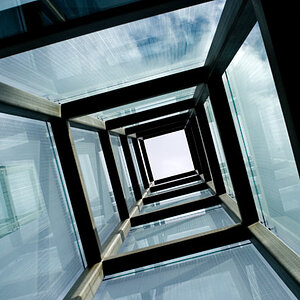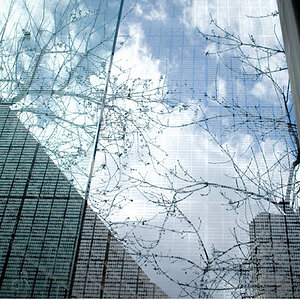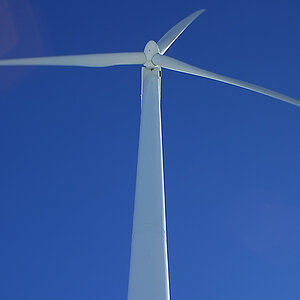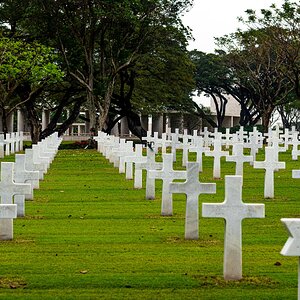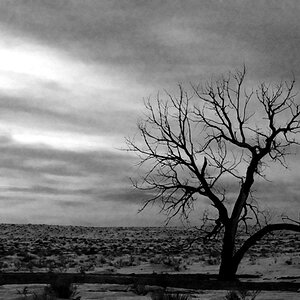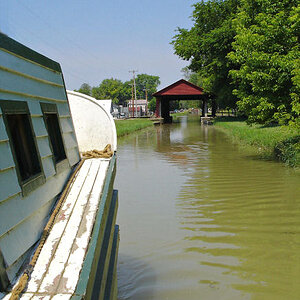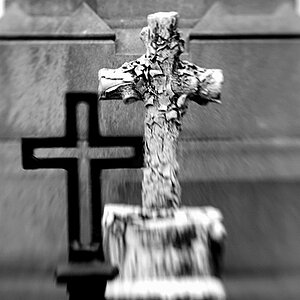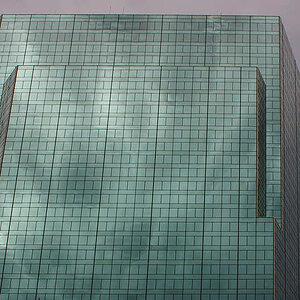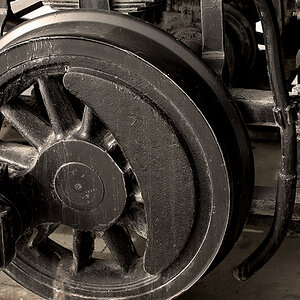Sleepy_Sentry
TPF Noob!
- Joined
- May 14, 2007
- Messages
- 215
- Reaction score
- 1
- Location
- Berlin
- Website
- www.esgameservers.com
- Can others edit my Photos
- Photos OK to edit
I've been reading over this HDR tutorial, but don't know what "1/250" and "f/4.5" stand for. I know they must stand for a camera setting, but don't know which ones (does f mean focus?).
Are these setting changeable on must digital cameras?
Are these setting changeable on must digital cameras?



